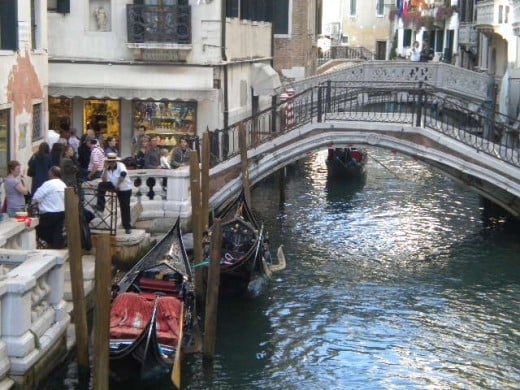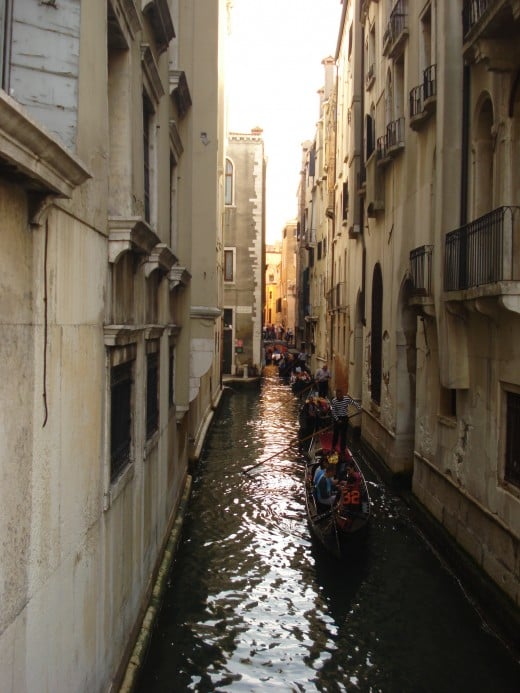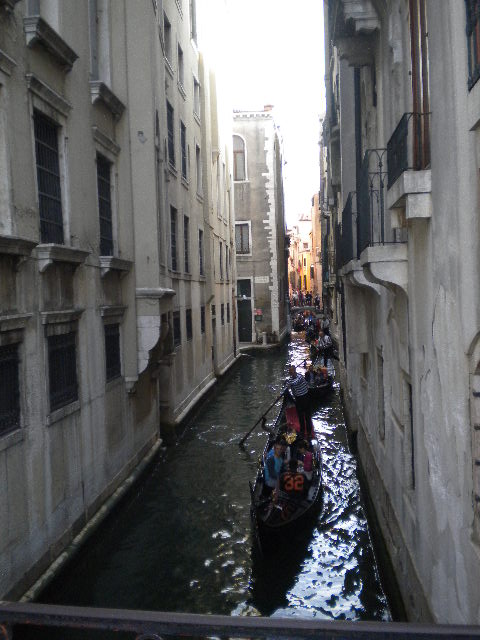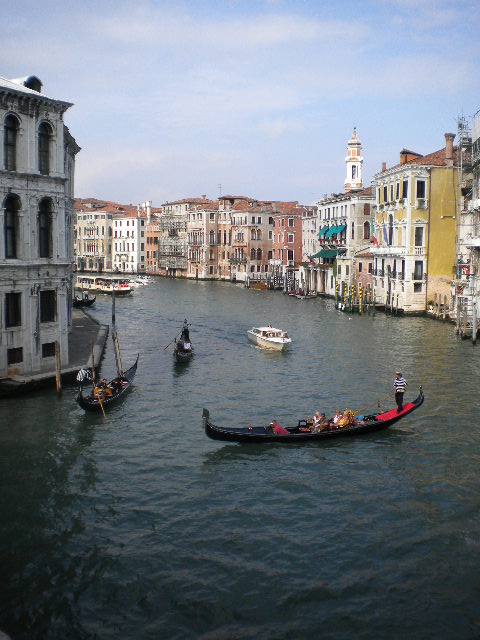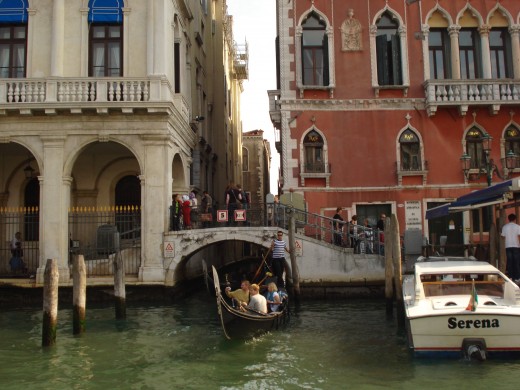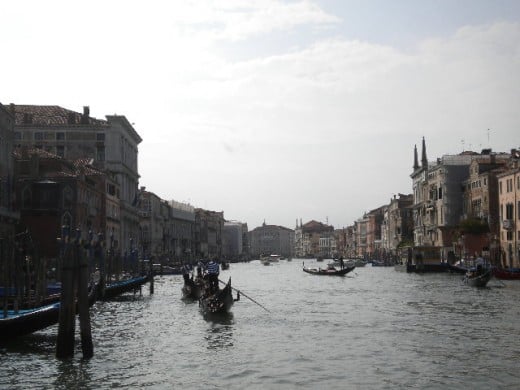Venice - Boun Giorno Italia - Motorhome Italy Tour Part I
Welcome To Venice
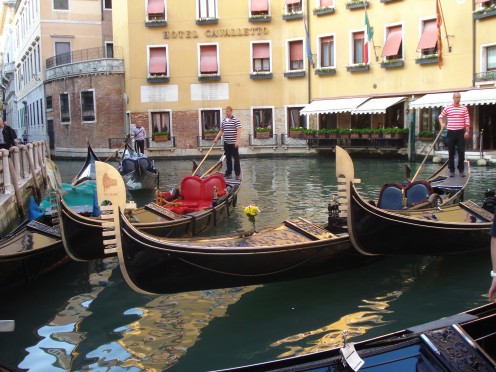
Discover Venice with Gondola, Public Boat or a Walking Tour
Click thumbnail to view full-size





Boun Giorno a typical everyday greeting you could hear even from a tourist to say good morning to begin a new day in Italy. I love Italian Language and have been practicing my Italian at home. at work and when i am in Italy.
I did an Italy tour the first time with my friend by train with hotel accommodations. This is ideal when one is single, with a partner, for couples or with friends to travel with.
The second time i made a One Week Camper Italy Tour with my family, my sister and our dog. A very comfortable trip which is ideal for family with a pet. The luggages, clothes and things one may need for a vacation are in one place. No packing out and packing in of things as when staying in different hotels in different places of Italy. One can make a stop to relax for a while and take some snacks in a nice place or along the seashore, an opportunity for a short swimming and enjoy the sea water is very refreshing even in the month of September and October.
It was lots of fun travelling in Italy with a camper to discover and visit beautiful places without time hectic. I will be listing some recommendations where to go and stay in different famous tourist places in Italy which is a must to visit.
Our first stop was in Venice, arriving about 1:00 p.m We directly park in the RV Parking of Tronchetto, where we bought our ACTV Vaporetto tickets für 48 hrs. visit duration in Venice. It is just a few meters walk from the parking area. Included is a guide map of the Vaporettos.
We started our afternoon tour with the Vaporetto No. 1, touring around admiring the beautiful panoramic scenes of Venice from the water. Aboard the Vaporetto boats was enjoyable reaching different tourist stations. A tour with the Vaporetto boat at night is a fantastic sigficant experience along the Canal Grand with beautiful picturesque of the Venice architectural buildings reflecting in the water.
Venice - "La Serenissima"- Unique and Beautiful
Venice, known for its great canal and gondola attractions, the underwater sea forest that supports the city
"La Serenissima" - the name slips formally from the tongue, is a city located in the sea, consisting of over a hundred islands, connected by canals. Venice has been described from the writers as a "paradise among the cities. It is certainly one of the most romantic places to visit. Venice has always been a point of attraction among artists and international tourist. It is a transition point, meeting point of eastern and western cultures and international cultural mixture. The capital of the Veneto Region was a millennium, an important naval and commercial power. Today the city looks like a relic from the past and is one of the most beautiful and most unsusual places in the world.
There are sightseeing in Venice some places one must-see - and which one must not miss: the CanalGrande is such a place. He acts as the "main road"of Venice, its width makes it the central thoroughfare. Almost all other major attractions are along the channel. Another essential stop is the St. Mark: You can impossible see the basilica of the Byzantine period. The cathedral is located on the spacious Piazza, its beauty is unsurpassed. The four horses are replicas of originals from Constantinople, on the facade they raise their heads balancing high above the city.
On the same square is the Palazzo Ducale, seat of the former ruler of the city for many years. The facade is very famous, it consists of a colorful wall. Thus, the Gothic arches at the entrance seem almost Oriental. Visitors can already see the palace from the other end of the Piazza San Marco, when he gets out from a gondola.
Explore engulfed Venice during long walks through the streets of the city. See the sights from the water. Enjoy fantastic views of beautiful bridges, churches, gardens and merchants´houses while a gondolier cruises through the famous Grand Canal.
All these are of course some of the many beautiful things that await the guest of this peaceful Republic.
Tips:
There are lots of apartments to rent in Venice surrounding areas, an ideal option for a family or a group of friends. Hotels are expensive in Venice, lots of Camping grounds, hotels and apartments outside Venice can help your budget. Note the cost of transportation which would cost more than staying near or in Venice. Don't overweight your baggage as you will carry them to your hotel.
I recommend ACTV a government owned boat transportation where one could buy one way, 12 hrs,24, 36, 48 hrs, 7 days ticket travel durations, or ACTV Tourist Travel Card for young persons from 14 years old to 29 years old. including the islands of the lagoon. Included is a map of the different Vaporetto stations to reach the tourist attractions. Be aware of the time schedules in front of the stations and the last evening trip to your hotel destination. Wherever you are, at the airport, a bus or train, but a private boat taxi is more expensive. A Traghetto, a private owned little boat which cost cheaper to cross the other side of the canal is also an option. Gondolas are expensive but a tour during the day is a great experience. Gondolas in the evening have double rates but if you can afford, the ones with a serenade is very romantic.
Venice might be crowded during the day but the crowds begin to thin at around 5:00 p.m. Most tourists stay in Mainland where the hotels are cheaper and they most head back to their hotel for dinner.
During the day one can take a tour in the islands of Murano or Burano or take a walk through the streets and visit some shops instead waisting time falling in the line of tourist to get in one of the tourist attractions. Comeback later in the afternoon. Only buy necessary souvenirs and watch out of your wallets and bags.
Venice is expensive, so if you have more budget, you can eat in the restaurants along the canal, Italian food is exquisite. I guess sitting down for a picnic in San Marco square is ot allowed. Take a comfortable seat at the Vaporetto and take your snacks aboard.
Peak time is from May to October, most ideal is May, September or October when the temperature is more comfortable than in July. In winter, one may experience high tide and San Marco Place is covered with water, but one can walk on a wooden passage or one can return later of the day when the place is dry when the water disappears in a few hours.
Some say Venice smells because of the canals...as we were in October, i did not notice any difference of the air. It might smells in some areas on very warm weather but it is selten you even don't pay attention to it.
One day you can see lots of Venice but 2 or 3 days is ideal. Some want to stay for a week visiting the nearby island, hills, cities.
It is not advisable to take a hit and run visit to Venice. Take your time and visit the ones of your interest so you can save time. You could also plan for another visit in Venice the next time.
Venice Tour
Boun Giorno Venice
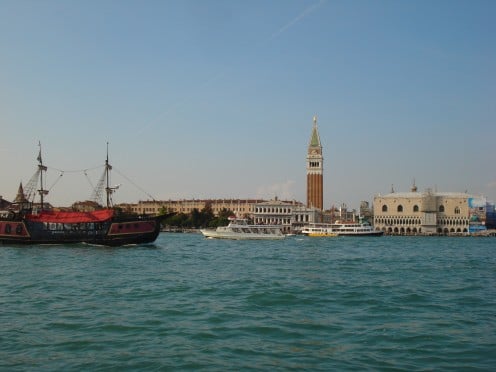
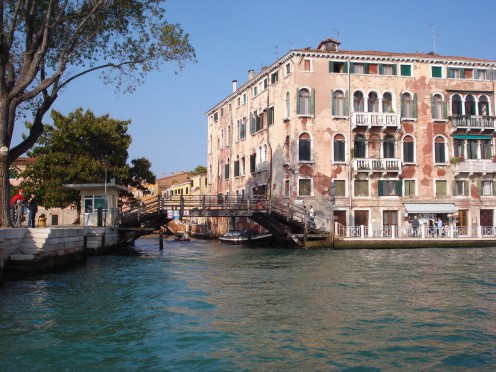
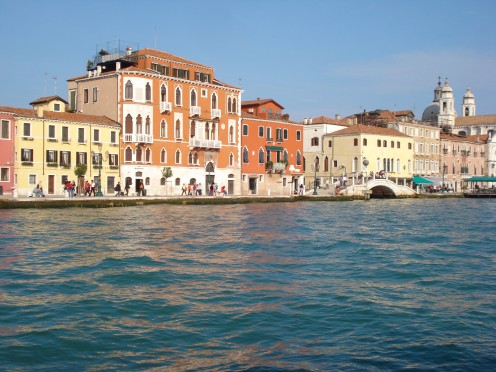
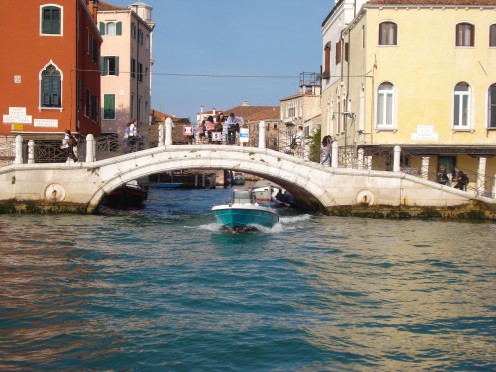
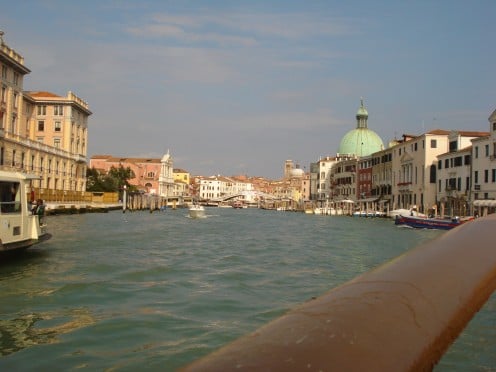
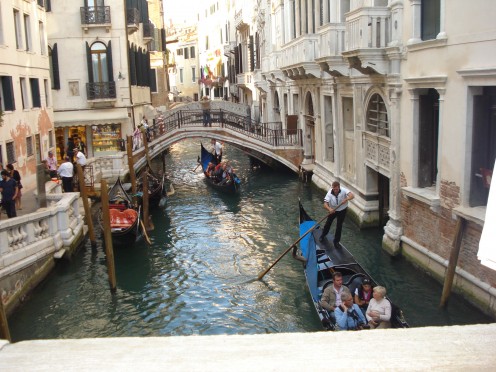
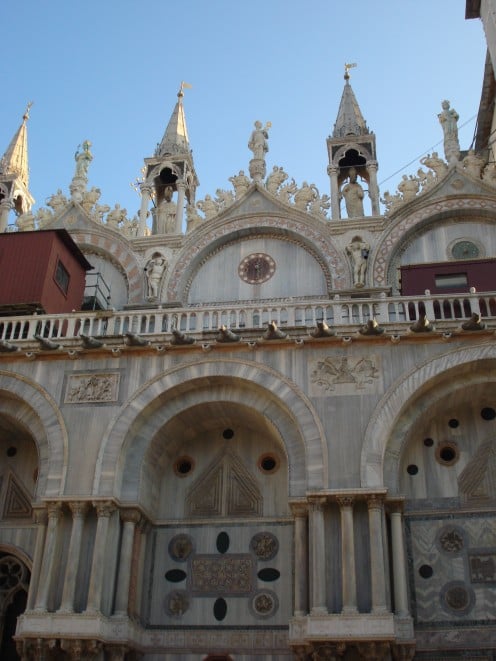
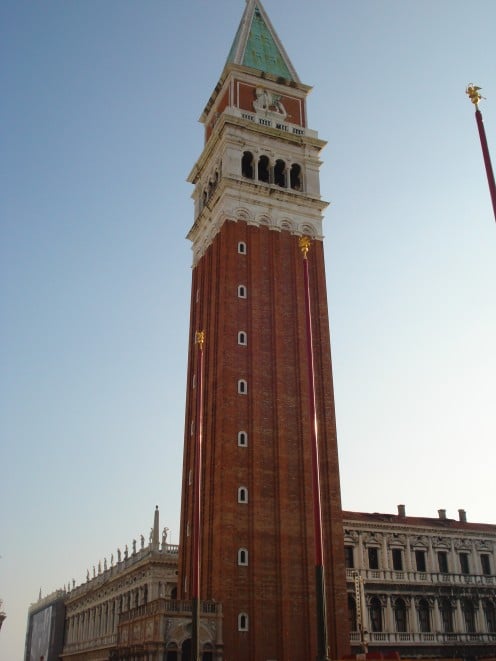
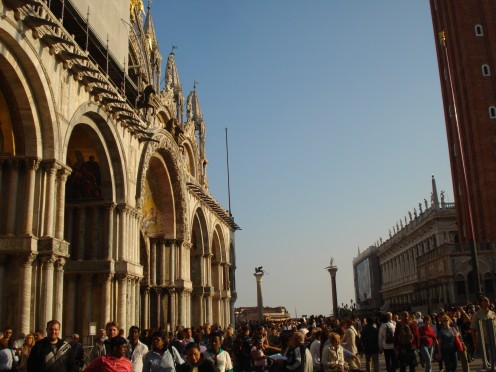
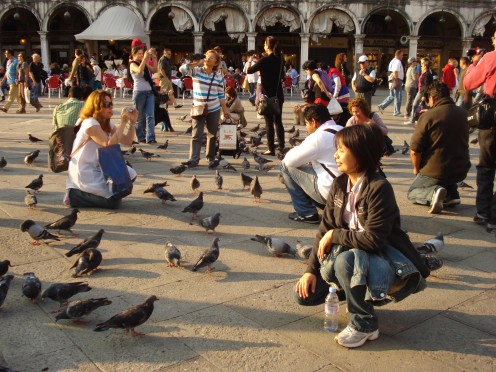
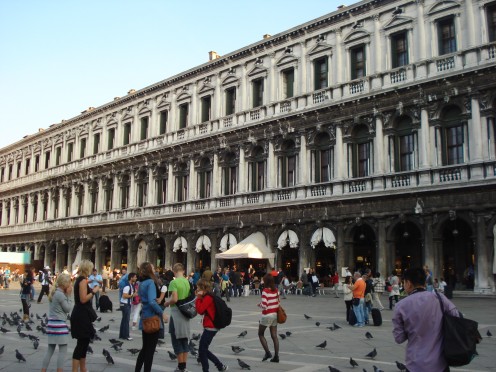
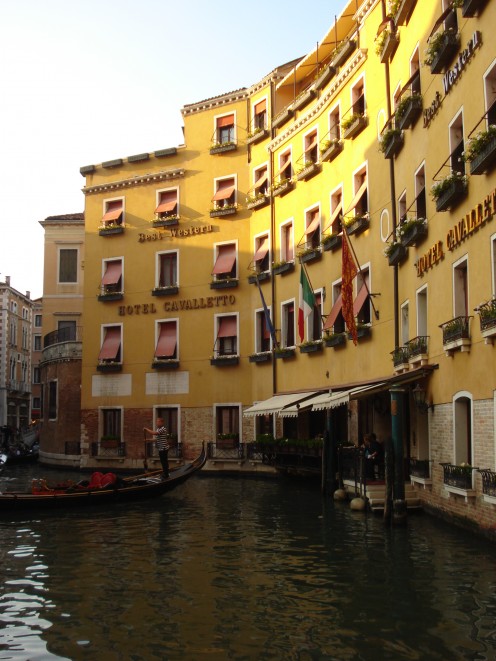
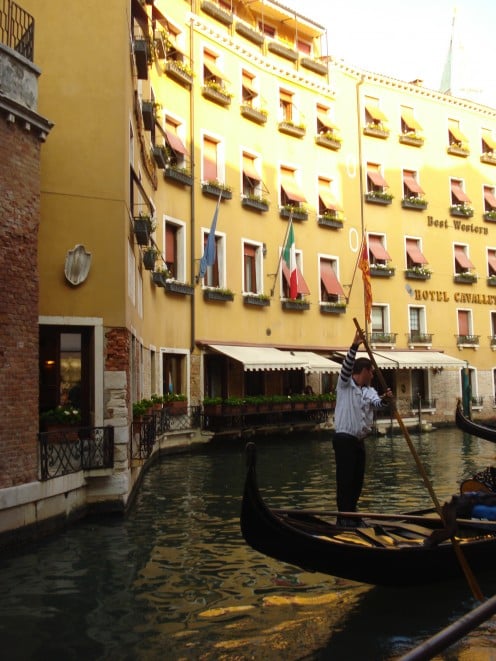
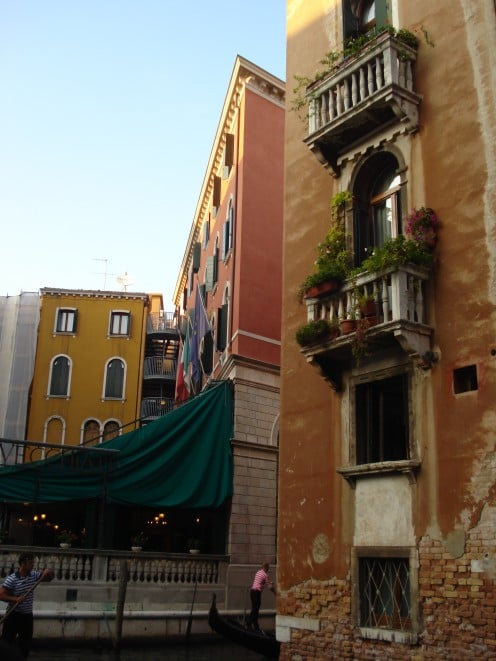
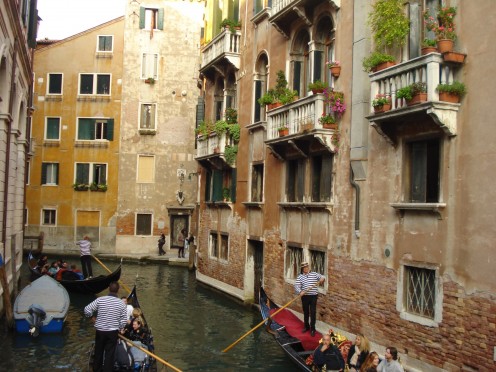
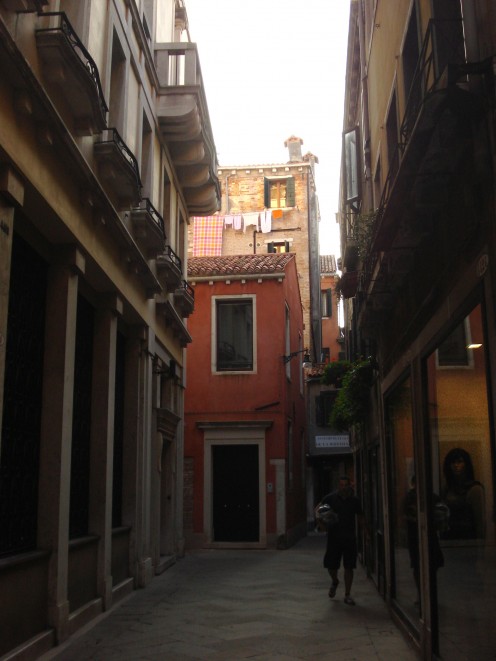
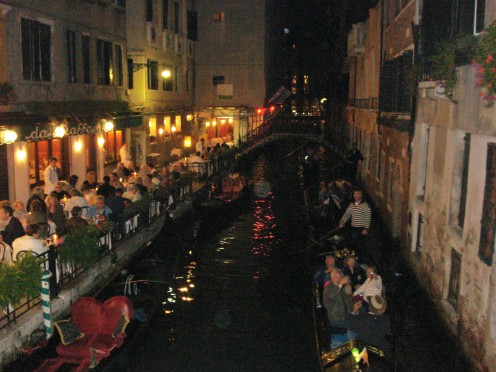
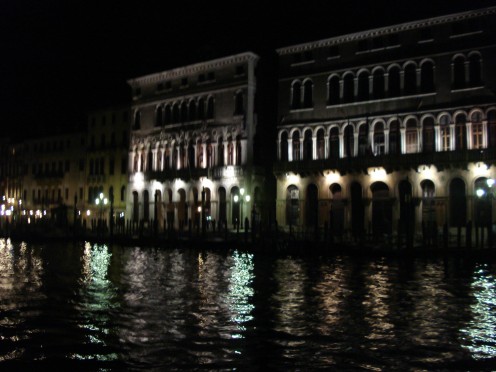
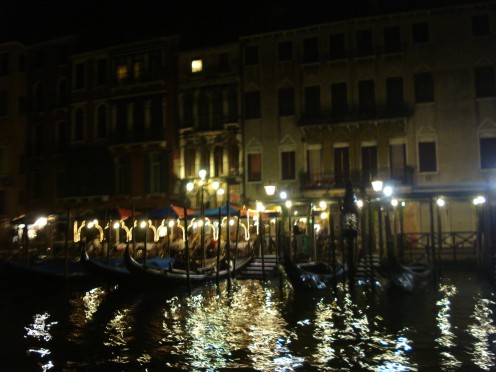
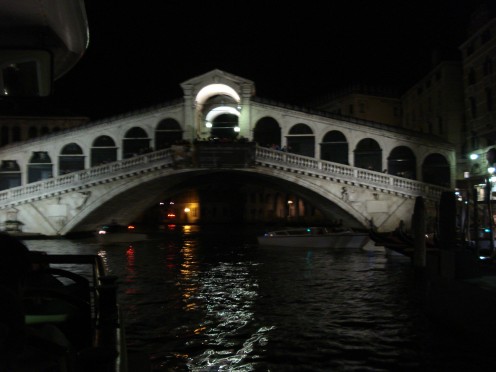
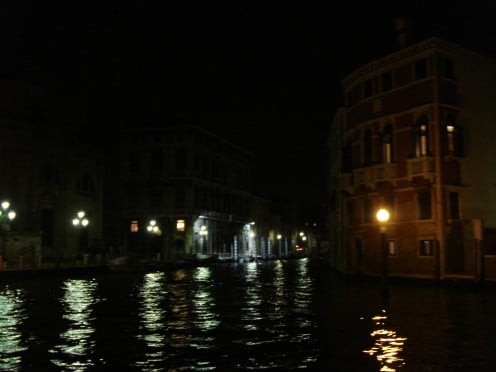
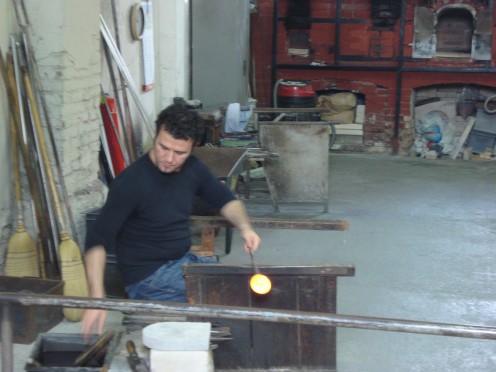
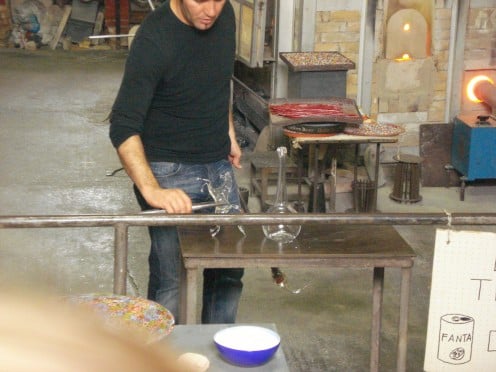
Overview of Venice Attractions
The Grand Canal - the most beautiful street in the city is a wonderful stretch of water Travelling along the historic canal is a great way to see some of the city's most spectacular and extravagant architecture. A trip at night is a particularly memorable experience, with the city's architecture reflecting in the water.
Piazza San Marco - Piazza San Marco is Venice's most famous piazza, one of the world´s great square, a honeypot of swarms of daytrippers and other multicultural tourist. What appears to be a rectangle is actually a trapezium, and when you look up at the basilica, the piazza seems enormous, although it is only 175 meters long. Here you can find pigeons, for the last 20 years it has even outnumbered the tourist, now they are a few as the government prohibits the tourist to feed them. On both sides of the piazza are the Procuratie, which housed the procurators of San Marco.
Basilica di San Marco - The centerpiece of the piazza. St. Mark's Basilica in English, is both a house of worship and a monument to plunder. At noon, the interior lights are turned on for an hour. You will have to wait in line for this one, but you will have the best view of the ornate interior. The rest of the time is dark and gloomy. It was built to house the bones of St. Mark, whose remains had been stolen by a pair of merchants from Egypt. Here you could see sculptures, religious objects, and other treasures from Constantinople during the Christian Crusades. The golden altarpiece and the 13th and 14th-century mosaics that illustrate the cycles of the Bible. You could admire the 5 domes with gold mosaics. Take a seat outside in front of the Basilica and study the beauty of an eastern and Byzanthine architecture. The oldest built by Codussi on the left side facing the basilica. Baldassare Longhena, famous Baldassare Longhena, a famous most important architect of the Venetian Baroque, built the ones on the right in 1640. Here is also the Marciano Museum, containing the original bronze horses, copies of which are now on the terrace. Other great artworks are in the Pala d'Oro , along with masterpieces of Gothic gold-smithing, located just behind the altar.
Ponte di Rialto - This was the only way, main pedestrian crossing between the two banks of the Grand Canal since 1591.designed by Antonio da Ponte. Here you could see lots of shops on the bridge selling all kinds of souvenir items. The Rialto Food Markets, Erberia - who sells fresh fruit, vegetable ( Porcini mushrooms are fall speciality) and Pescheria - fish markets line the streets in the bustling neighborhood. The Academis Bridge, a second bridge was built in 1854, an important historical landmark and a tourist spot.
Basilica di San Marco Campanile - Get a splendid view of Venice and the Basilica di San Marco from the tallest bell tower in Venice and watch the sunset. The bell tower can be seen from the laguna, and the whole laguna can be seen from above. The tower was erected at the beginning of the 20th Century, it is an exact replica of the 15th-century bell tower. In 1609, Galileo Galilei exhibited his telescope here, and during the Carnevale , the bell tower used to serve as a stage for the tight rope-walkers who entertained the doge with their acrobatics.
Venetian Ghetto - (Old Ghetto and New Ghetto) was the area of Venice in which Jews were compelled to live under venetian Republic.Today, the Ghetto is a center of Jewish life in the city of Venice, and is a home of 5 synagogues, ( a yeshiva, two cosher restaurants, several Judaica shops, and a Chabadsynagogue run by Chabad of Venice.[3] Although only around 300 of Venice's roughly 1,000 Jews still live in the Ghetto, many return there during the day for religious services in the two synagogues which are still used (the other three are only used for guided tours, offered by the Jewish Community Museum). Though it was home to a large number of Jews, the population living in the Venetian Ghetto never assimilated to form a distinct, "Venetian Jewish" ethnicity. Four of the five synagogues were clearly divided according to ethnic identity: separate synagogues existed for the German (Scula Grande Tedesca), Italian (the Scuola Italiana), Spanish and Portuguese (the Scuola Spagnola), and Levantine Sephardi communities (The Scola Levantina). The fifth, the Scuola Canton, is believed to have been either French, or a private synagogue for the families who funded its construction. Today, there are also populations of Ashkenazic Jews in Venice, mainlyLubavitchers who operate one of two kosher foodstores, a yeshiva, and the aforementioned Chabad synagogue.
Languages historically spoken in the confines of the Ghetto include Venetian, Italian, Judeo-Spanish, Judeo-Arabic, French, and German. In addition, Hebrew was traditionally (and still is) used on signage, inscriptions, and for official purposes such as wedding contracts (as well as, of course, in religious services). Today, English is widely used in the shops and the Museum because of the large number of English-speaking tourists. ref. Wikipidea.
Ponte dei Sospiri (Bridge of Sighs) - The bridge connects Palazzo Ducale. The sighs were from the prisoners who were tried and sentenced in jail in the Piombi. However, the Baroque bridge, designed by Antonio Contino, is still very romantic and is important historical landmark in Venice today.
Museo Correr - Visitors enter Museo Correr by means of a staircase, originally built as a grand entrance to the Napoleonic royal palace. From here, the tour continues through neoclassical rooms, the Royal Palace, the Canoviana Collection, Venetian Civilization, Antique Art, and Renaissance Bronze. There are many sculptures by Canova and decorative objects by Francesco Hayez. Venezia by Jacopo De' Barbari can be admired in the entrance. The hours of operation may vary according to the months. Visit website for details.
Scuola Grande di San Rocco - The large, white marble columns on the facade, this building is quite splendid on the outside, and simply breathtaking on the inside. This stunning building was built during the Renaissance period, but displays traces of successive interventions up until the Baroque period. Scuola Grande di San Rocco is often used as a concert hall, and is next to the San Rocco Church with which it is often mistaken. It is dedicated to Rocco, who cured the sick during the 14th-century plague. The rich interior decoration of the school was the work of the famous artist, Jacopo Tintoretto. He spent 23 years of his life working and decorating the school, his works such as the Allegories, Life and Passion of Christ, and episodes from the Old and New Testaments can be admired. Among the most famous displays are The Annuciation, The Epiphany, and The Flight to Egypt. Hand mirrors are available for the visitors to use for inspecting the ceiling.paintings. There are 50 painting works of Tintoretto. There are carved woods and collection of false books. It is open throughout the year except for a few occasions. However the open hours may vary according to the months, so visit the website for details.
Basilica di Santa Maria Gloriosa dei Frari (Chiesa dei Frari) - The architecture is a combination of plain brickwork and fine detail. Known to many simply as the 'Frari', the first church was built between 1250 and 1338 and was subsequently replaced by a much larger building in the mid-15th century. The interior is vast and contains many pieces of high-quality artwork, including masterpieces by Titian and Giovanni Bellini. There is also a large statue created by Donatello and other imposing monuments.
Campo dei Santi Giovanni e Paolo - Here you could see popular Venice attractions known as the Campo delle Maravege (marvels). It features a sculpture - Monumento di Bartolomeo Colleoni - which stands in the square and was created by Verrocchio. Also nearby is the church of Santi Giovanni e Paolo, which was founded by the Dominicans in 1246. Construction of the present church actually began in 1333 and was finally completed almost 100 years later. It was restored in the 1920s and the large interior is home to many monuments.
Basilica di Santa Maria della Salute (Basilica of St. Mary of Salvation) - The largest church, a famous Venetian landmark dominates the view of the Grand Canal from the lagoon and the water is reflected on its bright surface. The Ciesa di Santa Maria della Salute is a very individual and beautiful octagonal church, sits on more than 100,000 of wooden pilings built partly of 'marmorino', a brick covered with marble dust. It was constructed between 1631 to 1681 as a thank you gift to God and the Virgin mary after Venice began to recover from the great plague of 1630 to 1631. It was designed by Longhena and has an enormous white dome and very grand baroque- style architecture.
Chiesa di San Sebastiano (Church of St. Sebastian) - Built in the 16th century, this parish church was decorated by artist Paolo Veronese, who filled the interior with wonderful frescoes and canvases, which cover much of the ceiling and walls, making it truly individual. Veronese produced many astounding works here throughout his career, and after his death, the church became his resting place. Titian also left his mark here, with his notable 'San Nicolò' painting near the entrance.
Attraction open: Monday to Saturday - 10:00 to 17:00, Sunday - 13:00 to 17:00
Monastero Mekhitarista - Armenian monks arrived in Venice in 18th century. These monks fled from the Moorish country after the Turkish invasion. The Serenissima (Venetians) gave them an island, which was used as a lepers' colony in other times. Under the guidance of Pietro Mechitar, the monks founded a religious order and monastery for the Mechitarists, and a library that became a cultural centre for the Armenian Diaspora. Fortunate enough to be spared by Napoleon, they continued in their work of cultural rescue. They established a typography in Armenian characters and collected the most ancient manuscripts that they could find. Guided tours are also available. Visit the website for detailed information.
Chiesa di Santo Stefano - Built by the Hermits in the 13th Century, this church has been restored in 15th century when fine gothic doorway and ship´s keel roof were added. The tall interior is also Gothic and has three apses. Inside, note the tomb of the last commander in chief of the Republic and the Sepulchral monument to Bartolomeo D'Alviano, as well as the vestry and the cloisters of the old monastery. The vestry houses paintings by Tintoretto and the bell tower is one of the most renowned in Venice.
Galleria dell'Accademia -The Academy of Fine Arts was started here by the Napoleonic government. In its 24 rooms, it displays works of Italian art, by artists such as Andrea Mantegna, Piero Della Francesca, Cosmè Tura, and Giovanni Bellini. Other artists include Giorgione, Tintoretto, Paris Bordone, and Moretto Da Brescia and lots more. Call ahead for more details.
Murano - center of Venetian glass making industry since 1291 A. D. Here you can visit the glass factory and a free demonstration of the glassmakers. Visit two glas museums for free the Barvovier and Toso Museum.
Burano - Venice´s traditional lacemaking island, also famous for its bright painted houses.
San Michelle - a walled island, Venice´s public cemetry. Here are grave sections of Catholic, Reformed, Orthodox with different atmosphere.
Other Islands: Torcello, Lido.
This Venetian tradition is most famous for its distinctive masks.
The Carnival of Venice (Italian: Carnevale di Venezia) is an annual festival, held in Venice, Italy. The Carnival starts around two weeks beforeAsh Wednesday and ends on Shrove Tuesday (Fat Tuesday or Mardi Gras), the day before Ash Wednesday. (see Wikipedia)

